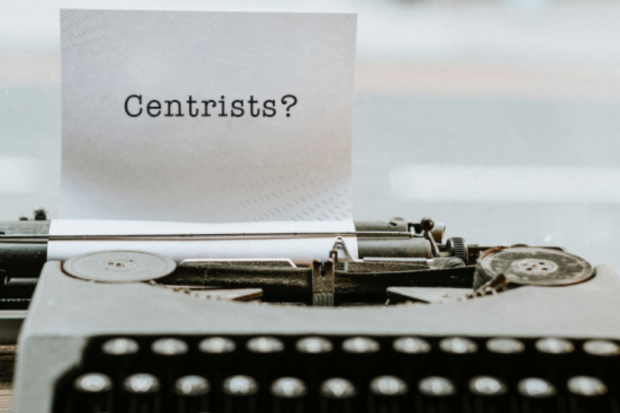
By James Williams
We hear the pundits, experts and others who follow politics talking about “the middle.” You can’t go too far to the left or the right as you will run off the moderates and independents. We need to attract the moderates. We must have centrist candidates. They tell us that is how to win.
So what is this election-influencing moderate that is so sought after? How big of a group is it? Is this pursuit based on an assumption about the party base?
Pew Research has done some work on these questions, and the results are surprising.
- People who are not registered Democrat or Republican make up about 38% of registered voters.
- More than 50% of that group votes for one of the two parties not because they like the party’s ideas but because they think the other party has harmful ideas. They are voting against a party, not for one.
- Another third vote for a party because they like its ideas.
- The two groups that are voting for or against a party make up 85% of the moderate voters.
- Fifteen percent say politics is not important to them; they just happen to be registered to vote.
The moderates are a significant sized group, but when you look at their left or right lean they become a different animal. Forty-four percent vote for Democratic candidates, 34% vote Republican and 18% are actually “moderate”—a whopping 7% of the registered voters. All this recommended moderation is over 7% of the voters, a demographic with the lowest participation rate of any political group.
So the Democratic Party is being told to change its policies to attract 7% of the voters who are the least likely to vote anyway. In a really tight race, separated by just a few votes, yes consider such outreach. Otherwise, it will take a lot of time and energy for a minimal return.
There is an assumption made about the base. Donna Brazile, at the time the interim chair of the Democratic National Committee, said at the 2016 Democratic National Convention: “Where else do they have to go?” This was in response to a question about party unity following the primaries.
Where else do they have to go? Let that sink in for a while. Abandon the party base, seek out that 7% and mistakenly believe the base will follow.
The lesson is to not abandon your base; dance with the one that brought you.
The Pew research shows that more than half of Republican-leaning independents will not register as a Republican because they have significant disagreements with party leadership. More than one-third say the same about the Democratic Party. The difference is that Republican registration is dropping.
People such as Reps. Alexandria Ocasio-Cortez (D–N.Y.), Ilhan Ohmar (D–Minn.) and Rashida Tlaib (D–Mich.) are drawing people in to the Democratic Party. Or you can look at the 70%–80% who support Medicare for All. Or Lyndon Johnson getting the Civil Rights Act passed in 1964 and then winning reelection with the highest voter turnout in California history. Or Franklin Roosevelt implementing the New Deal and winning four Presidential elections in a row.
Those are not centrist ideas or people; they are to the left. Yet the punditry and some among the Democratic leadership want Democrats to back away from those ideas and become a party it has never been.
To quote Jim Hightower, a columnist and political activist, “The middle of the road is for yellow lines and dead armadillos…It is hard for the donkeys to win the race if they are going to carry the elephants on their back.”
Think about it. Where should the Democratic Party be?
*****
James Williams is the chair of the San Joaquin Valley Democratic Club and a longtime member of the Fresno County Democratic Central Committee. Contact him at jamesdean19662000@yahoo.com.
